

Uh oh...
It appears that you're using a severely outdated version of Safari on Windows. Many features won't work correctly, and functionality can't be guaranteed. Please try viewing this website in Edge, Mozilla, Chrome, or another modern browser. Sorry for any inconvenience this may have caused!
Read More about this safari issue.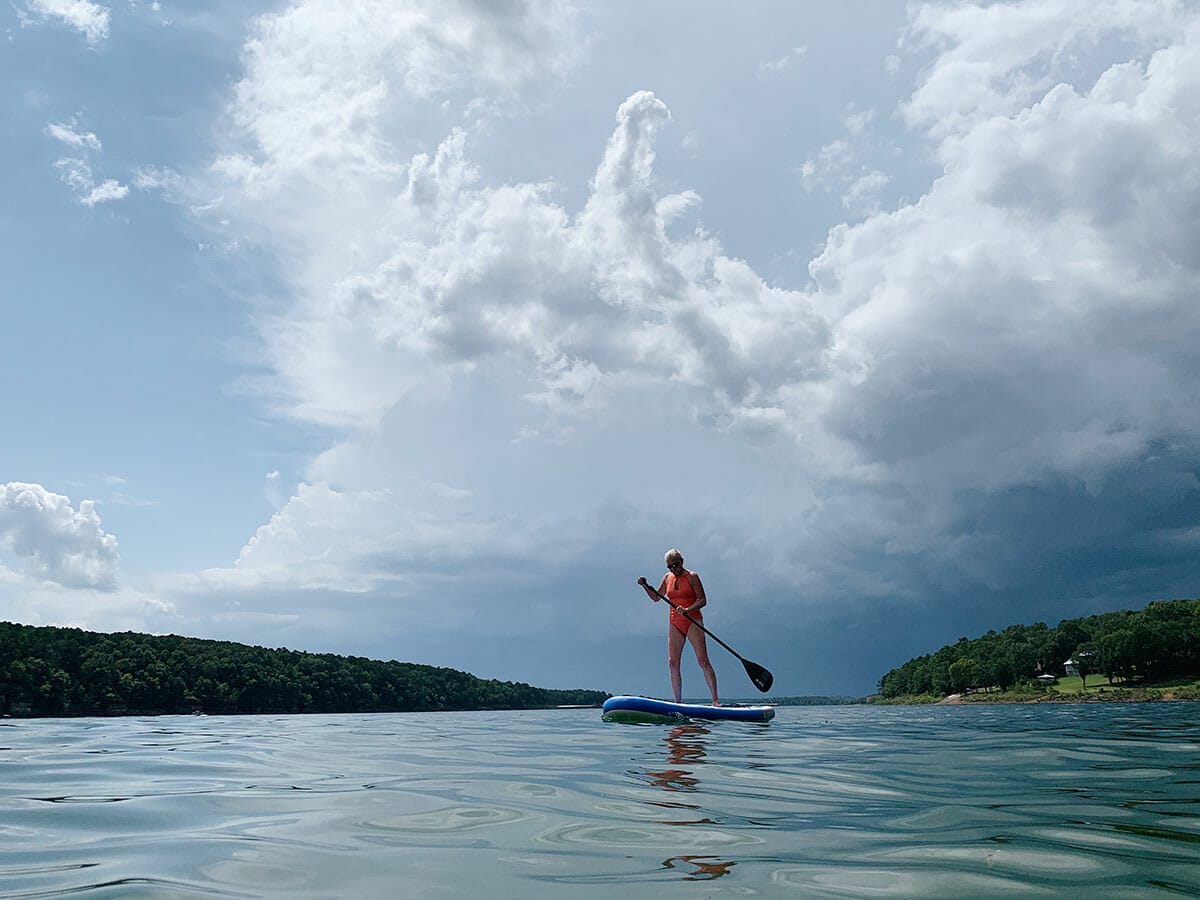
Processed with VSCO with a6 preset

Lighting is a fundamental aspect of photography, and understanding the characteristics and effects of different types of light can significantly impact the mood, composition, and overall visual appeal of your images. In this blog post, we will delve into the two most basic kinds of light in photography: hard light and soft light. By exploring their qualities, advantages and best applications, you’ll gain valuable insights into shaping your photographic vision.
Hard Light
Hard light refers to light that creates strong, well-defined shadows with distinct edges. It is characterized by its intensity, directionality and the high contrast it produces. Here’s what you need to know about hard light:
Intense Shadows: Hard light creates sharp and pronounced shadows, adding a sense of drama and contrast to your images. These shadows can emphasize textures and add depth to your subject.
Directionality: Hard light often comes from a single source, such as the sun on a clear day or a focused artificial light. This direct light can produce long and defined shadows that can be creatively incorporated into your composition.
Crisp Details: Hard light enhances the visibility of details, lines, and shapes in your subject, making it ideal for capturing textures, architectural elements, or graphic compositions.
Harsh Highlights: Hard light can result in bright highlights, especially when it interacts with reflective surfaces or glossy subjects. Be mindful of managing these highlights to avoid overexposure.
Best Applications of Hard Light
Portraits with Dramatic Effect: Hard light can be used to create striking and edgy portraits, accentuating facial features and adding a sense of intensity and contrast.
Street and Documentary Photography: The strong shadows and contrast produced by hard light can help capture the rawness and grittiness of urban environments, adding a sense of realism to your images.
Emphasizing Textures and Patterns: Hard light is excellent for highlighting textures, such as weathered surfaces, rugged landscapes, or architectural details.
Soft Light
Soft light is characterized by its gentle and diffused quality, resulting in minimal shadows with smooth transitions between light and shadow areas. Here’s what you need to know about soft light:
Subtle Shadows: Soft light produces soft, diffused shadows with gradual transitions. These shadows are less pronounced and offer a more flattering and even illumination across the scene.
Wrapping Effect: Soft light wraps around the subject, reducing harsh contrasts and creating a smooth, glowing appearance. This quality is particularly desirable in portrait photography as it can enhance skin tones and diminish imperfections.
Even Illumination: Soft light spreads more evenly, reducing the appearance of texture and imperfections on surfaces. It helps reveal details in both highlights and shadows, resulting in a balanced exposure.
Serene Atmosphere: Soft light has a tranquil and ethereal quality, evoking a sense of calmness and serenity in your images.
Best Applications of Soft Light
Portraiture and Beauty Photography: Soft light is often preferred for portraiture, as it creates a flattering and gentle illumination, smoothing out skin tones and minimizing imperfections.
Still Life and Product Photography: Soft light can showcase product details and textures while maintaining a clean and pleasing aesthetic.
Natural Light Photography: Overcast days or shooting during the golden hour provide soft light naturally, making them ideal for capturing landscapes, and outdoor scenes or adding a touch of elegance to any subject.
Moreover, it’s important to note that the direction in which you position yourself and your subject in relation to the light source can dramatically alter the lighting conditions. For instance, when photographing with the sun directly in front of your subject, the light becomes more intense and directional, resulting in well-defined shadows and a higher contrast between light and shadow areas. This arrangement often produces a dramatic effect, with strong highlights and deep shadows. On the other hand, positioning the subject with the light source behind them, such as shooting during the golden hour with the sun low on the horizon, creates a softer and more diffused light. In this scenario, the light wraps around the subject, reducing harsh shadows and creating a more even illumination. This change in direction can drastically influence the mood, atmosphere, and overall aesthetic of your photographs.
By experimenting with different angles, positions, and the relationship between your subject and the light source, you can explore the vast creative possibilities that arise from manipulating light. Understanding how light interacts with your subject from various directions empowers you to craft images that convey different emotions, highlight specific details or evoke a particular ambiance. Photography is not merely about capturing a scene, but also about using light as a powerful tool to shape and transform your visual narrative.
*Fun fact: all of the photos in this post were taken with an iPhone! Great photos can be made with whatever you have in hand. 🙂

We do the work.
You check your email.
Sign up for our weekly e-news.
Get stories sent straight to your inbox!







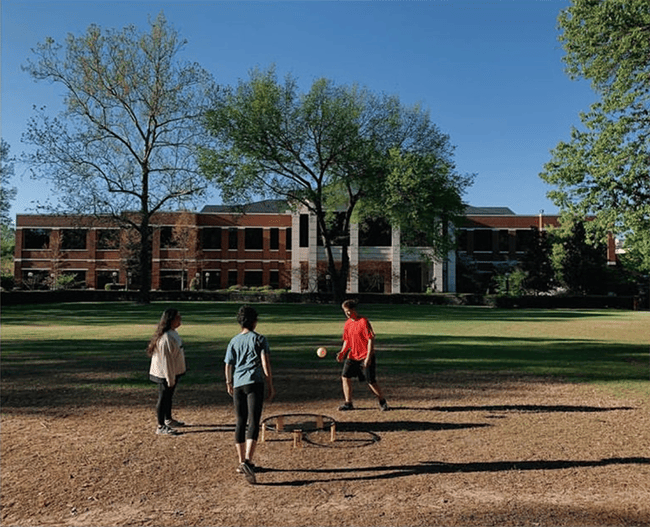
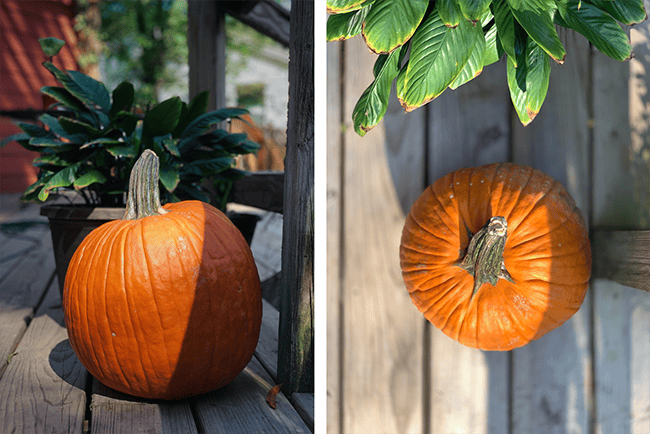




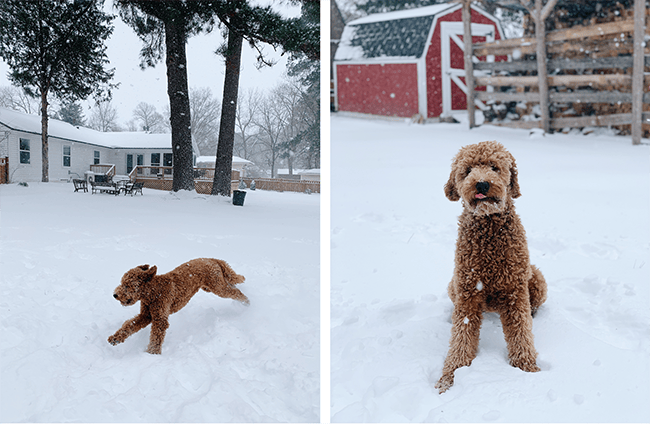
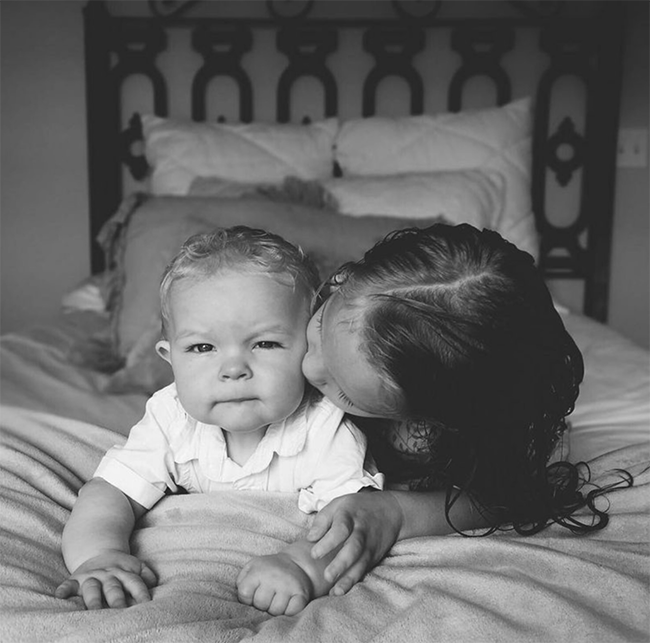
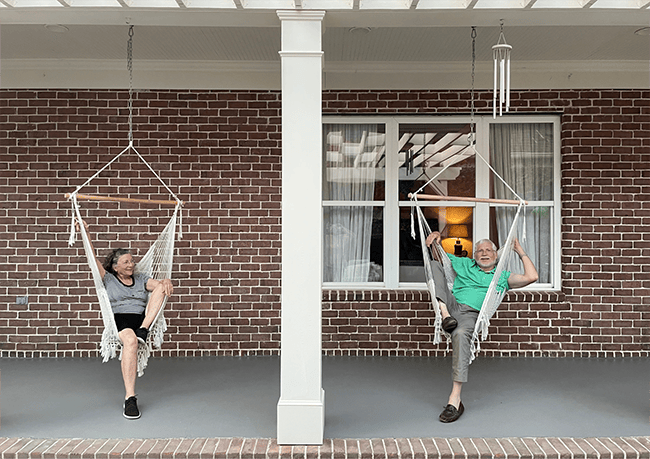

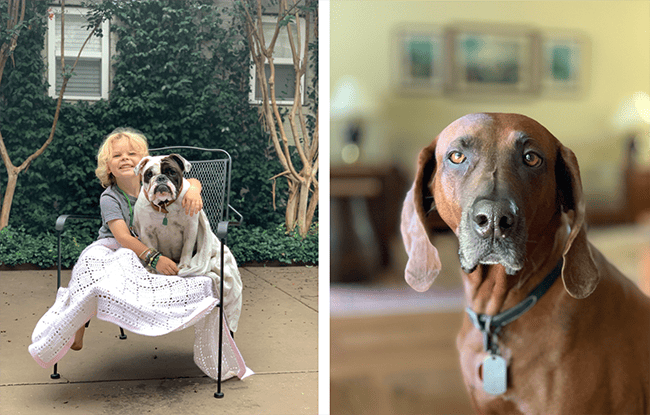

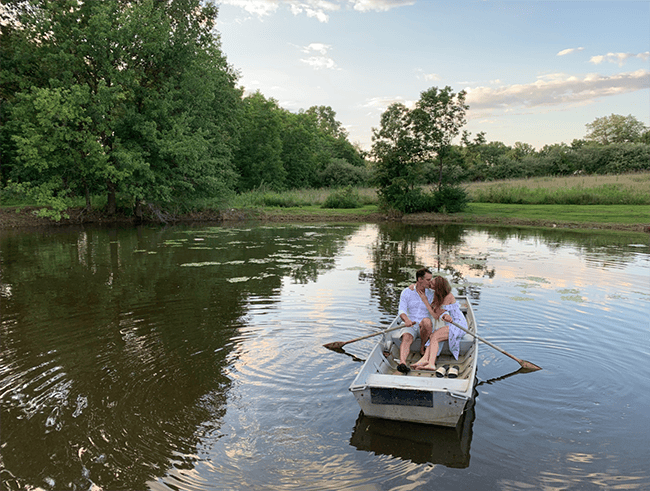
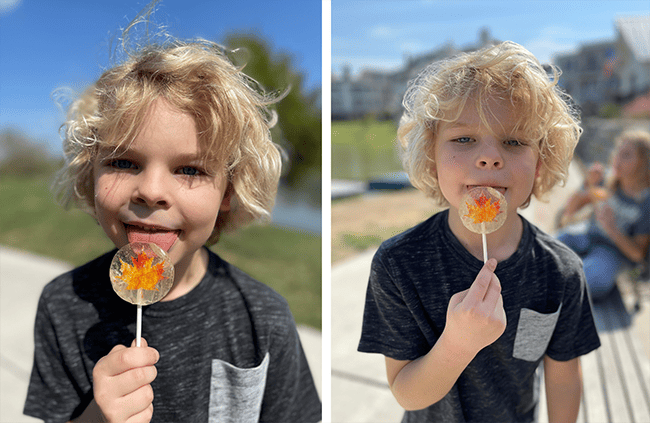
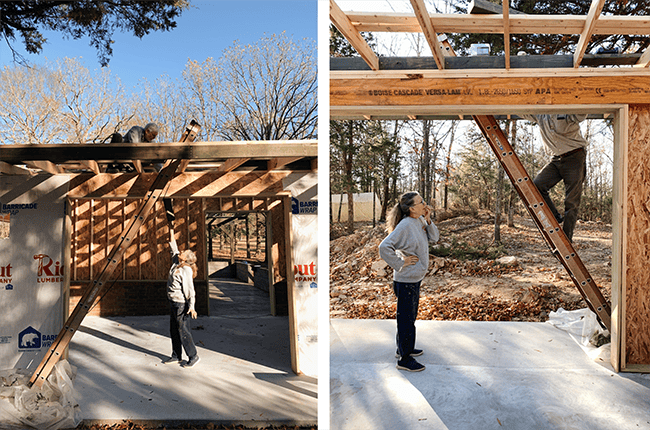





Like this story? Read more from Ashel Parsons
Silhouette photography is a captivating technique that allows...
Many men and women dream of that day that they get to say “I Do” to...
Angles in photography refer to the position from which a photographer...
Join the Conversation
Leave a Comment